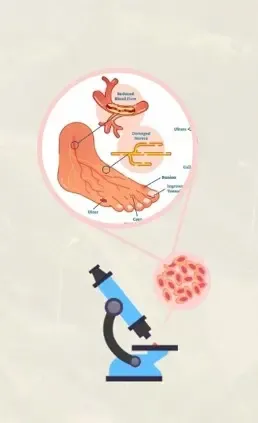Is the Health System in Congo on the Brink of Collapse?

Synopsis
Key Takeaways
- 85% of health facilities in North and South Kivu are affected by medicine shortages.
- Nearly 40% of health staff have left, exacerbating the crisis.
- Over 8,600 cholera cases and significant outbreaks of other diseases have been reported.
- Urgent funding of $6 million is necessary to procure essential supplies.
- The humanitarian response plan is only 16% funded.
United Nations, Oct 21 (NationPress) An alarming 85 percent of healthcare facilities in the North Kivu and South Kivu provinces of the eastern Democratic Republic of the Congo (DRC) are grappling with severe medicine shortages, and nearly 40 percent have experienced a significant loss of medical personnel, according to a UN spokesperson.
The Office for the Coordination of Humanitarian Affairs is "raising the alarm about the potential collapse of the health infrastructure in North and South Kivu, where ongoing hostilities are adversely affecting civilians and wreaking havoc on critical civilian facilities," stated Stephane Dujarric, spokesperson for the UN secretary-general, during a daily briefing on Monday.
In North Kivu alone, UN health partners reported that approximately a third of healthcare facilities in the province’s conflict zones have been destroyed, looted, or abandoned, resulting in millions of individuals facing severely limited access to medical care. The remaining facilities are overwhelmed and suffering from critical shortages of essential supplies, including kits for survivors of sexual violence, cholera treatments, and basic routine vaccinations, he emphasized.
"This situation is unfolding as the province is grappling with deadly epidemics," added the spokesperson.
Since the start of the year, health partners have documented over 8,600 cholera cases, 8,000 mpox cases, and more than 10,500 measles cases, which have already resulted in numerous fatalities, as reported by Xinhua news agency.
UN partners on the ground estimate that without immediate intervention, over 6,000 preventable deaths could occur by year-end, projecting a potential 40 percent increase in maternal mortality in the hardest-hit regions, according to Dujarric.
He highlighted that the $2.5 billion Humanitarian Needs and Response Plan for the DRC is currently only 16 percent funded, and UN health partners urgently require $6 million to procure essential supplies and sustain these life-saving services.
"Immediate measures are crucial to ensure the healthcare facilities continue to function in all areas impacted by the crisis in eastern DRC. Additional funding is imperative to avert a greater catastrophe," concluded the spokesperson.








